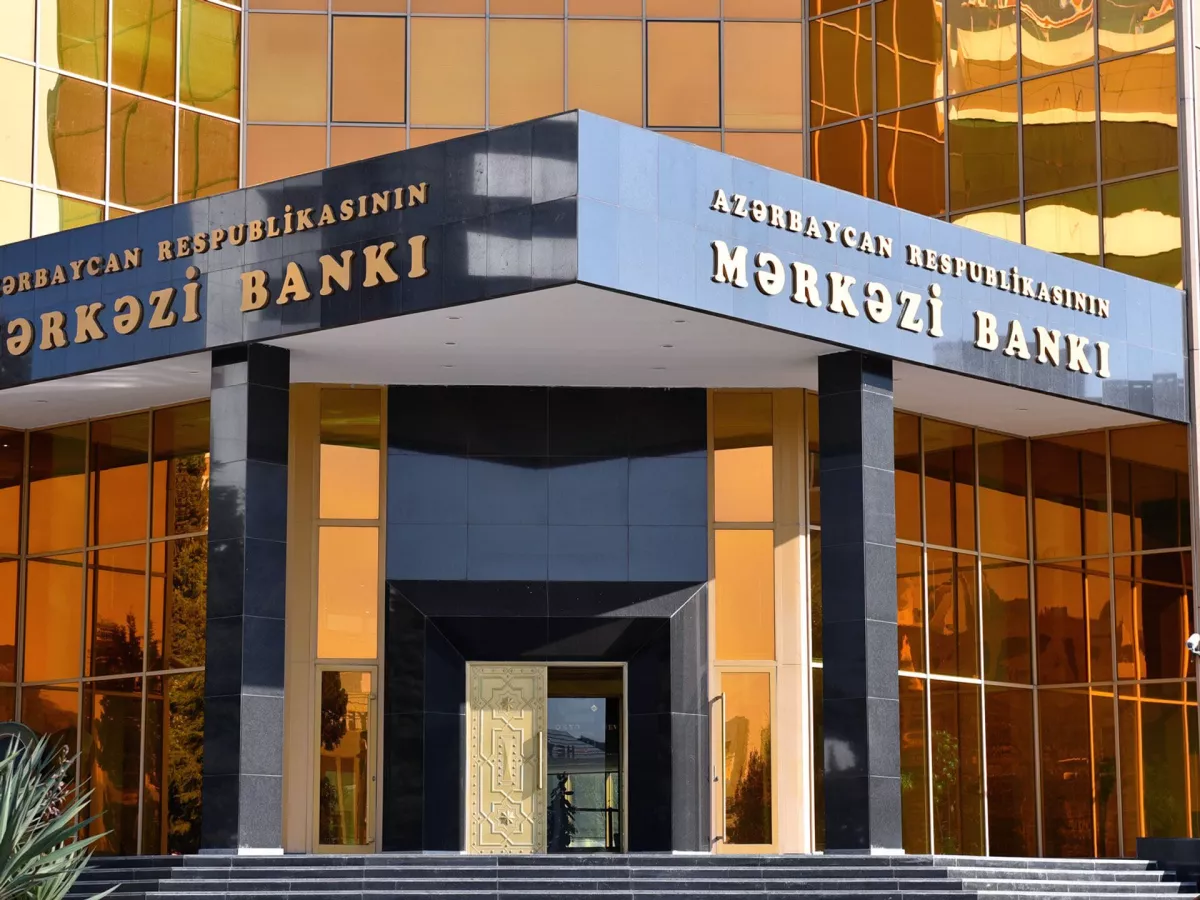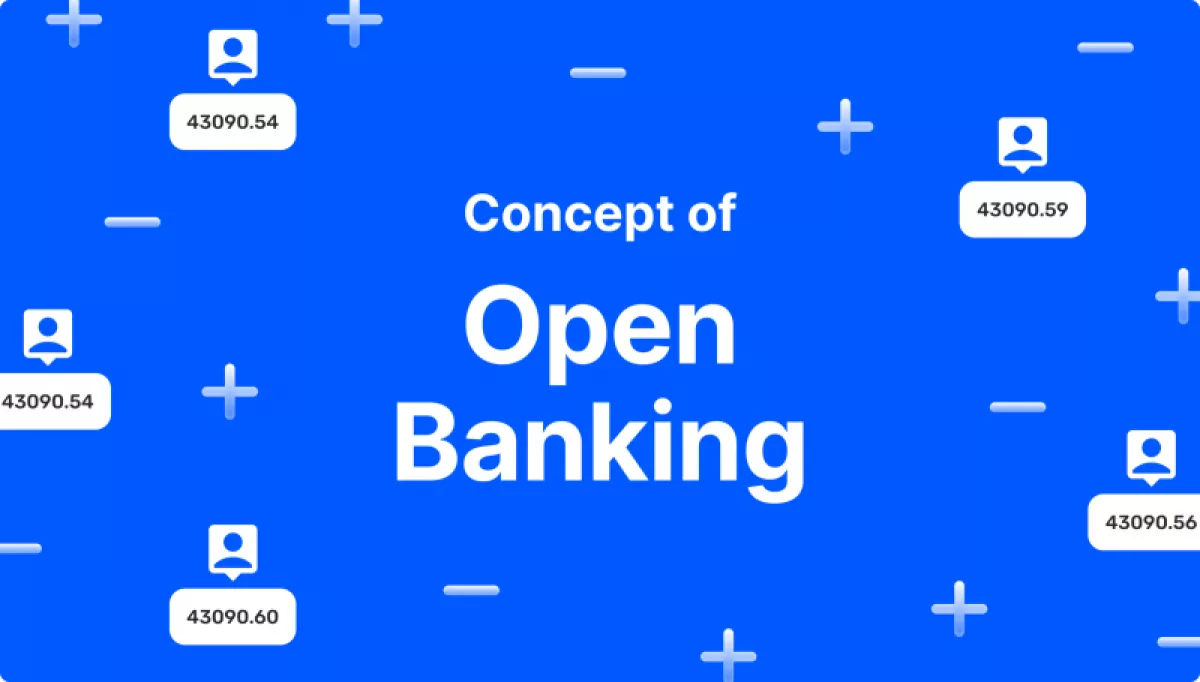Renaissance of microcredit in Azerbaijan Riding the wave
The past year has been exceptionally favorable for the development of the microfinance sector and the record growth in profitability of domestic non-bank credit organizations (NBCOs). According to the latest data from the Central Bank of Azerbaijan (CBA), a notable increase in the credit portfolio of NBCOs was recorded from January to July 2024.
Overall, in the post-pandemic period, the CBA has accelerated efforts aimed at expanding lending to small businesses, particularly in the country's regions, with NBCOs playing a crucial role in this process. Recently, the regulator has paid considerable attention to the development of microfinance, including significant expansions in access to new financial instruments.

In recent years, the domestic microfinance sector has managed to overcome the crisis period caused by the global energy crisis of 2014–2017. It is worth recalling that several negative factors a decade ago—devaluation, a series of bankruptcies, and a slowdown in the country's economic growth—severely impacted the operations of non-bank credit organizations (NBCOs).
During that time, the demand for foreign currency-denominated loans dropped significantly, and considering that most microfinance structures were connected with foreign donors, the volume of foreign currency loans in this sector was quite high. The issue of non-payment and the high level of dollarization in the microcredit segment reduced the number of such structures threefold—from 150 (before 2015) to just over fifty last year. The credit portfolio and the number of borrowers also decreased drastically. The forced inactivity of small and micro-businesses—trading, service structures, and small manufacturers—during the coronavirus pandemic in 2020 also adversely affected the activity of microfinance structures.
Nevertheless, in recent years, there has been a steady growth in the microcredit sector, largely supported by the Central Bank of Azerbaijan (CBA), the Association of Microfinance of Azerbaijan (AMFA), and the Small and Medium Business Development Agency (KOBİA). These organizations aim to expand the scope of microcrediting to simplify access to financial resources for small and medium-sized enterprises (SMEs).
At the same time, for microbusinesses, loans from NBCOs are often the only competitive alternative, given the sometimes inefficient banking system. This is not surprising, as recent World Bank studies show that only about 9% of domestic small companies systematically use bank loans.
Moreover, currently, more than three-quarters of all bank loans are concentrated in Baku. Improving access to financial and banking services for entrepreneurs is a long-term goal. However, it must be acknowledged that, despite the excessive liquidity, the banking sector has yet to become a key source of funding for small businesses, especially in rural areas—barriers include difficulties accessing loan capital, high interest rates, collateral issues, and so on.

In contrast to banks, microcredit organizations are not bound by complex prudential regulations, can issue small loans without collateral, and the transaction process is significantly simpler. Borrowers are not required to have a lengthy credit history, among other advantages. In this regard, it is crucial that recent increases in government support for the microfinance market are entirely focused on improving access for small and medium-sized businesses (SMBs) and individual entrepreneurs to financial services. This is a strategic goal for the government: small and microbusinesses account for about 97% of all registered taxpayers in the country, not to mention that this sector provides employment for approximately half of Azerbaijan’s working-age population.
Government support factors and high demand for microcredit have helped the sector relatively quickly overcome industry challenges, and in the past two years, domestic NBCOs have demonstrated unprecedented growth in key areas. Specifically, the results for 54 NBCOs last year showed nearly a threefold increase in profitability due to higher interest income from a growing credit portfolio and improved operational efficiency of small credit organizations. The microcredit sector's ROA (return on assets) and ROE (return on equity) have doubled compared to the previous year, reaching 10% and 24%, respectively.
According to Jalal Hadjiev, Executive Director of the Azerbaijan Microfinance Association (AMFA), last year saw a 25% increase in the credit portfolio of NBCOs, and the number of employees in these organizations grew by 10%. At the same time, the Executive Director highlighted that the socio-economic situation of self-employed individuals and microbusinesses is expected to improve with the changes made last year to the Law on Non-Bank Credit Organizations.

In particular, NBCOs can increase their charter capital by issuing bonds at auctions on the Baku Stock Exchange, and recent legislative changes have granted these organizations the right to issue credit cards. NBCOs are also allowed to provide payment intermediary services, a privilege previously held only by banks and the national postal operator.
Among the changes in the NBCO sector, it is important to mention the revision of prudential requirements to enhance their financial stability: microfinance entities now have defined maximum credit risk limits, minimum capital requirements, and debt-to-capital ratios. Legislative changes have also established the procedure for acquiring a significant stake in the charter (equity) capital of NBCOs. All these measures contribute to the expansion of microfinance organizations' capitalization, attract investors, and ultimately facilitate their access to highly sought-after concessional financing sources.
Sustained market demand for small loans, regulatory reforms, and the expansion of financial instruments, along with strong support for the microfinance sector from the regulator, are contributing to further improvements in industry indicators. According to recently published data from the Central Bank of Azerbaijan (CBA), from January to July, 2024, domestic NBCOs issued loans totaling nearly 1.574 billion manats ($925 million), achieving a twofold increase compared to the same period last year.
In turn, for the first half of the current year, the net profit of these organizations amounted to 76.6 million manats ($45 million), which is 2.9 times higher than last year's figures. As of July 1, 2024, NBCO assets totaled 854 million manats ($502 million), a 39% increase, with 630.7 million manats ($370 million) comprising net loans issued to clients. Additionally, the balance sheet capital of microcredit organizations increased by 47% during the reporting period, reaching 374.1 million manats ($219 million).

When discussing the prospects for the development of the microfinance sector in the current and coming years, it is important to mention the implementation of other provisions from the CBA's three-year "Financial Sector Development Strategy." Among other things, this document aims to utilize alternative monetary and credit tools, including the introduction of an OpenBanking platform in the republic to facilitate the widespread use of fintech solutions and expand access to various payment systems. New digital platforms and tools are expected to have a highly positive impact on the activities of non-bank credit organizations. Another promising goal for the CBA and AMFA is to meet the liquidity needs of NBCOs, particularly in low-interest, local currency, as this is a crucial condition for sustainably meeting the growing market demand for borrowed resources from small and micro businesses.








